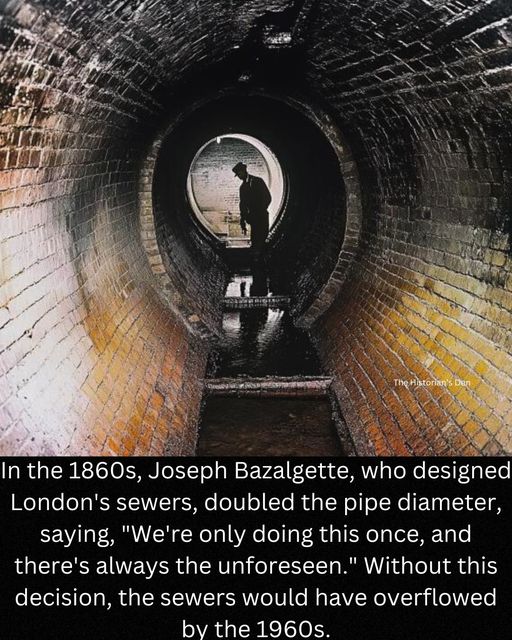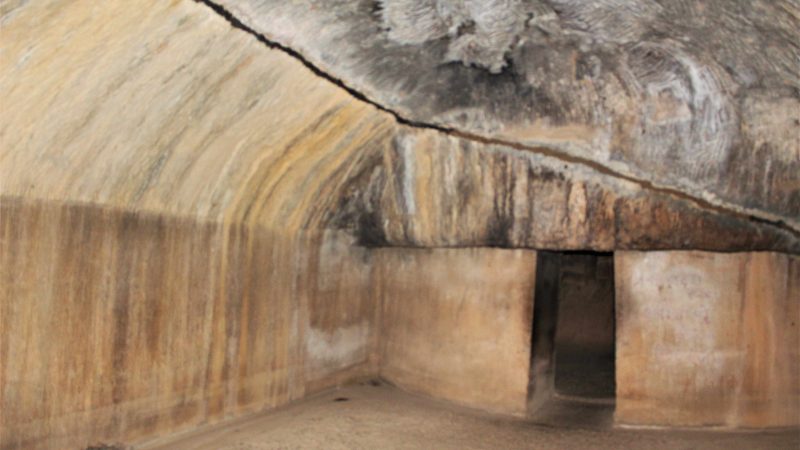Joseph Bazalgette’s Visionary Decision: The Lifesaving Design of London’s Sewer System

In the 1860s, Sir Joseph Bazalgette made a monumental decision that would safeguard London for generations. As the chief engineer responsible for designing the city’s sewer system, Bazalgette recognized the importance of planning for the future.
He boldly doubled the diameter of the sewer pipes, explaining his rationale with the simple but profound statement: “We only do this once, and there are always unforeseen things.” This foresight proved to be one of the most critical engineering decisions in the city’s history.
At the time, London was plagued by rampant disease and filth, exacerbated by inadequate waste disposal methods. The Thames River had essentially become an open sewer, leading to cholera outbreaks and the infamous “Great Stink” of 1858. Bazalgette’s task was to create a sewer system that could effectively manage the city’s growing population and waste problems.
Doubling the diameter of the pipes may have seemed excessive in the 1860s, but Bazalgette’s vision was to design a system that could endure not just for the present but for the future. His decision to over engineer the pipes by creating more capacity than was immediately necessary was pivotal.
By the 1960s exactly 100 years later the population of London had soared, and the sewer system faced unprecedented demand. Without Bazalgette’s enlargement of the pipes, the system would have been overwhelmed, resulting in frequent overflows and public health crises.
Bazalgette’s wisdom underscores the importance of anticipating long-term challenges, especially in infrastructure design. His understanding that unforeseen factors would inevitably arise whether from population growth, urban expansion, or shifts in environmental conditions demonstrates his exceptional foresight. Thanks to his decision, Londoners continue to benefit from a sewer system that not only met the needs of the 19th century but also remains a crucial part of the city’s infrastructure to this day.
Bazalgette’s legacy is a testament to the power of visionary engineering, proving that sometimes, the best solutions come from thinking far beyond the immediate present.











